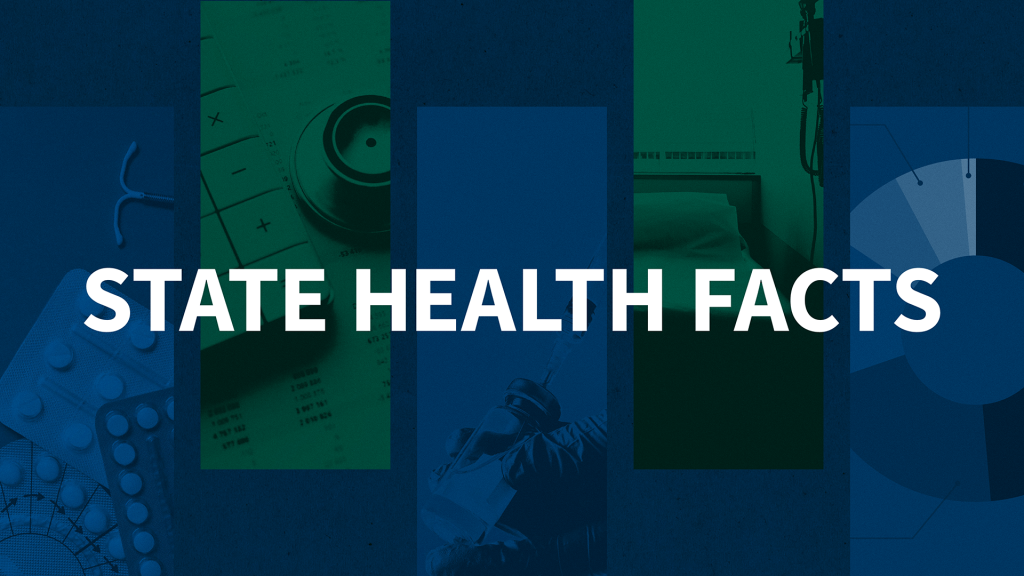Health Care Coverage and Access for Men, 2013-2015
Health Care Coverage and Access for Men, 2013-2015 Download View JAMA infographic…
The independent source for health policy research, polling, and news.
KFF’s policy research provides facts and analysis on a wide range of policy issues and public programs.
KFF designs, conducts and analyzes original public opinion and survey research on Americans’ attitudes, knowledge, and experiences with the health care system to help amplify the public’s voice in major national debates.
KFF Health News is a national newsroom that produces in-depth journalism about health issues and is one of the organization’s core operating programs.
State Health Facts is a KFF project that provides free, up-to-date, and easy-to-use health data for all 50 states, the District of Columbia, and the United States. It offers data on specific types of health insurance coverage, including employer-sponsored, Medicaid, Medicare, as well as people who are uninsured by demographic characteristics, including age, race/ethnicity, work status, gender, and income. There are also data on health insurance status for a state's population overall and broken down by age, gender, and income.
Health Care Coverage and Access for Men, 2013-2015 Download View JAMA infographic…
This June 2015 Visualizing Health Policy infographic provides a snapshot of men’s health care and insurance coverage issues, including health status, access to care and use of services. It compares the uninsured rates of men and women before and after coverage expansions under the Affordable Care Act; their cost barriers to care, their connection to clinicians, and their use of prescription drugs, screening, and counseling services.
This brief provides an on-the-ground view of ACA implementation after completion of the second open enrollment period. It is based on 40 in-person interviews conducted in five states that have made different implementation choices, including three states (Colorado, Kentucky, and Washington) that have developed a State-based Marketplace and adopted the Medicaid expansion and two states (Utah and Virginia) that rely on the Federally-facilitated Marketplace (FFM) for enrollment of individuals into qualified health plans (QHPs) and that have not adopted the Medicaid expansion to date. The interviews were conducted by the Kaiser Family Foundation’s Commission on Medicaid and the Uninsured and Perry Undem Research/Communication with a range of stakeholders in each state, including Medicaid and Marketplace officials, consumer advocates, assisters, and hospital and community health center representatives, during April and May 2015. The report presents key findings related to enrollment systems; enrollment and renewal; outreach, marketing, and enrollment assistance; and access to and utilization of care. It concludes with key priorities identified by stakeholders looking ahead.
An analysis of a 2014 survey by the Kaiser Family Foundation finds that previously uninsured Americans who obtained health coverage that year experienced improved access to care and a decrease in financial insecurity, though they remained concerned about cost.
Using findings from the 2014 Kaiser Survey of Low-Income Americans and the ACA, this report focuses on the low- and middle-income newly insured in 2014, comparing them to the previously insured and they uninsured. It examines the compositions of these groups, as well as their access to care, financial security, and opinions on their coverage.
Medicare plays an integral role in end-of-life care, an issue that is emotionally-charged and easily politicized. About three-quarters of the 2.5 million Americans who die each year are ages 65 and older, and covered by Medicare at the time of their death, yet policy issues related to Medicare and end-of-life care are often poorly understood.
This brief examines the experiences of low-income adults in three states that have made varied Medicaid expansion decisions: Ohio, which adopted the ACA Medicaid expansion, Arkansas which implemented the Medicaid expansion through a “Private Option” waiver, and Missouri, which has not adopted the expansion. While Arkansas and Ohio implemented the expansion in different ways, participants in both states described how obtaining coverage improved their ability to access care, contributing to improvements in their ability to work and family relationships. In contrast, participants in Missouri remained uninsured limiting their ability to obtain needed care, creating significant stress and anxiety in their lives, and interfering with their ability to work and care for their families.
This brief provides profiles of twelve individuals living with HIV to offer an in-depth look at how the Affordable Care Act (ACA) has affected their healthcare and coverage. Participants live in California, Florida, Georgia, New York, and Texas and discuss their enrollment and coverage experience, including whether they got new coverage (in the Marketplace or Medicaid), how their HIV care has been affected, and the role of the Ryan White HIV/AIDS Program.
New in-depth profiles of 12 people with HIV highlight how the Affordable Care Act’s coverage expansions impacted their access to coverage and care. While some experienced serious bumps along the way, those who gained coverage through Medicaid and the Marketplaces were largely able to meet both their HIV and non-HIV care needs.
Continuing an effort to explore Affordable Care Act (ACA) implementation in the states, the Kaiser Family Foundation and the Blue Shield of California Foundation examined ACA implementation in California (CA) at a Sacramento, Calif. briefing and panel discussion on May 28. A state official, experts and advocates discussed issues and challenges related to implementation of the law, and the practical impact of providing coverage to roughly 4.5 million Californians who have coverage via the state marketplace or the Medi-Cal expansion.
© 2025 KFF
